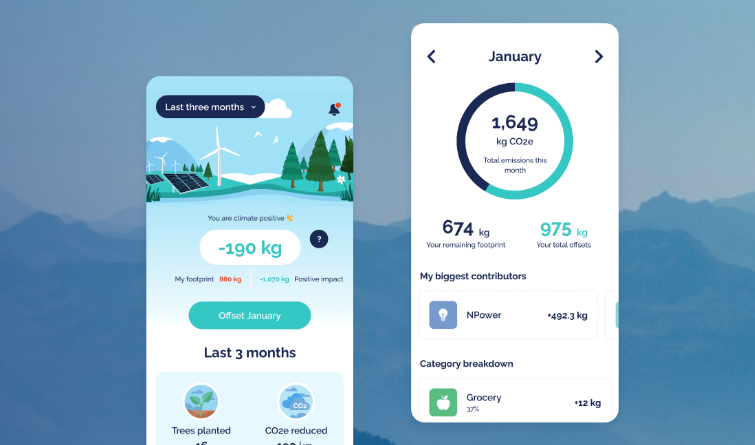Embodied Carbon Footprint Calculators for Construction
Buildings and structures with embodied carbon footprints must have a significant number of materials, products, and assemblies analysed.
Best Carbon Footprint Calculators for embodied carbon may be useful because this can be a lengthy operation.
This website offers a number of carbon footprint and embodied carbon assessment tools for the building industry. Tools with genuine BIM integration are still lacking.
Measuring is the first stage in achieving Net Zero Carbon building. Embodied carbon tools might be useful in this situation. They could also assist with optioneering, finding ways to reduce embodied carbon and eco-friendly building practises. The final stage to get net zero is carbon offsetting, which leaves the embodied carbon footprint. To back up any claims of carbon neutrality, accurate embodied carbon estimates are necessary.
There are companies with their own internal, specialised tools. These carbon calculators are inaccessible to the general public nevertheless. As a result, we have only provided carbon calculators and tools that are openly accessible here. The majority are available for free, while some require a membership.
AggRegain Carbon Dioxide (CO2) Emissions Estimator Tool – For Aggregates
An Excel-based calculating tool called the Carbon Dioxide (CO2) Emissions Estimator Tool is used. It calculates the carbon dioxide saved through the use of various supply and building methods. Utilizing primary, recycled, and secondary aggregates is part of this. The WRAP website offers the AggRegain Tool without charge. Unfortunately, WRAP no longer provides support for the tool.
Asphalt Pavement Embodied Carbon Tool – asPECT
For calculating the greenhouse gas emissions or “carbon footprint” of asphalt used in roadways, asPECT offers a methodology and calculator. The project offers a free Excel-based asPECT calculator for download.
BRE IMPACT Compliant Tools
The embodied carbon database IMPACT is maintained by the Building Research Establishment (BRE). It is frequently mistaken for being a tool made of embodied carbon. In reality, though, it is a database of emissions variables. There are just a few software programs that comply with BRE IMPACT. Three IMPACT-compliant tools were available as of the writing of this sentence. One Click LCA, ADW Developments, and eTool.
The first two tools are discussed on this page and are freely available to the public with a membership. Since the ADW Developments tool is not accessible to the general public, it is not discussed on this page. On the BRE website, look for the most recent BREEAM IMPACT compliant tools.
Environment Agency Carbon Calculator for Construction
The Environment Agency’s construction-specific carbon calculator is an Excel-based application. The tool may be used to evaluate and contrast how well various design and management options perform in terms of sustainability. especially throughout the stage of option analysis. It aids in highlighting areas where significant carbon reductions on certain construction projects are possible. It may also be used to determine solutions to reduce the total construction-related carbon footprint of your company.
PAS 2050 Carbon Calculator for Stoneworks
Natural Stone Specialist’s website has produced a free carbon footprint calculator. Forest Pennant is making an Excel-based spreadsheet available to the stone business. It was created by Forest Pennant in response to the accreditation it received for its pavement under the PAS 2050 Carbon Footprinting standard. The tool may still be downloaded from Scridb even if it is no longer offered on the Natural Stone Specialist website.
The Highways Agency Carbon Calculator for Construction
For building, the Highways Agency has a carbon calculator. They have developed a carbon calculation methodology so that their business and supply chain may collect and calculate their carbon emissions in a consistent and transparent manner. They calculate the Highways Agency’s yearly carbon footprint using the data, taking into account all maintenance, construction, and operational (office and travel) operations. The carbon calculators built using Excel are open source.




